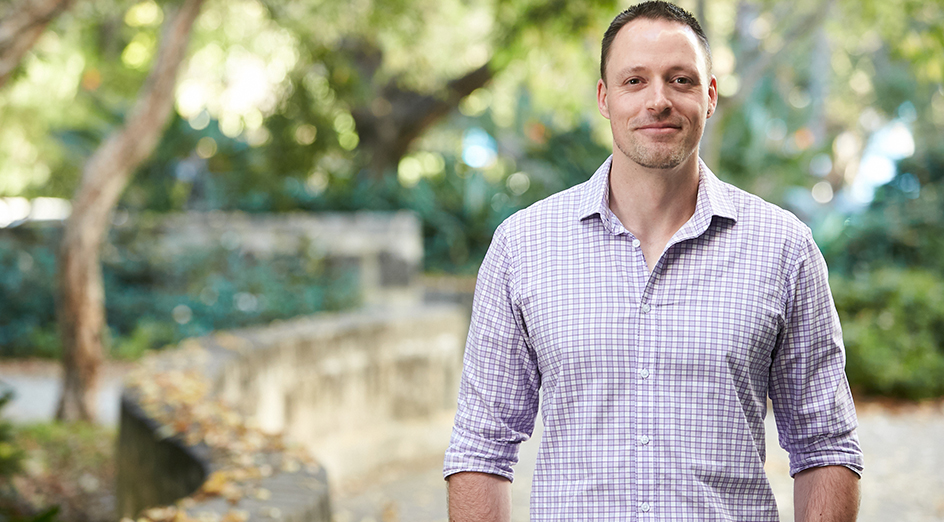A new study led by The University of Western Australia has probed the age-old question of whether women prefer risk-taking men over their more careful cousins and come up with some surprising results.
"For casual sexual liaisons, women prefer courageous 'cads' with a good genetic constitution."
Dr Cyril Grueter
The study, published today in Evolutionary Psychological Science, used an evolutionary perspective to shed light on the topic and found that relationship context and the health status of women were critical factors.
More than 1300 women from 47 countries were surveyed for the study.
Lead researcher Dr Cyril Grueter, from UWA's School of Human Sciences, said the findings clearly showed that risk-taking men were more attractive for short-term flings than long-term relationships.
"For casual sexual liaisons, women prefer courageous 'cads' with a good genetic constitution – risk-takers seem to fit this bill," Dr Grueter said.
"For more serious long-term relationships, women place a greater value on committed men."
 Image: Dr Cyril Grueter.
Image: Dr Cyril Grueter.
Interestingly, the study found that women in better health and with better access to healthcare were more attracted to risk-takers than women from other socioeconomic backgrounds.
"Women in healthier countries may have greater control over whether they become pregnant in a short-term relationship – through contraceptives and abortion – and therefore can afford to choose a risk-prone male partner," Dr Goodman said.
The study also showed that bisexual women and so-called 'adrenaline junkies' were more into risk-takers than heterosexual women and risk-avoiders.
"Bisexual women may have less conservative perceptions about relationships, and the pairing of similar-minded couples may bring greater relationship satisfaction," Dr Grueter said.






